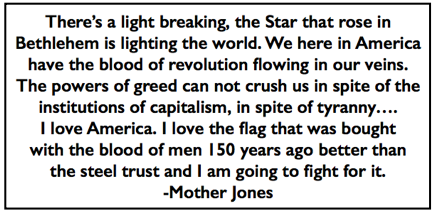 ———-
———-
Hellraisers Journal – Tuesday February 17, 1920
-Mother Jones News for January 1920
Found Speaking in Johnstown and Altoona, Pennsylvania
From The Pittsburg Press of January 6, 1920:
‘MOTHER’ JONES TALKS AT JOHNSTOWN TEMPLE
—–
Special to THE PRESS.
Johnstown, Pa., Jan. 6.-Under police surveillance, “Mother” Jones, aged 90, who admits she labor agitator and who often has been arrested for her utterances and her part in labor troubles, spoke to 300 men, mostly foreigners, at Labor Temple, Sunday. Her audience was largely made up of the remnants of the steel strike organization and she harangued the men as if the steel strike had never been ended. Police were present at the meeting and her statements were considered milder than when she appeared here several months ago.
[Photograph of Mother Jones with William Z. Foster added.]
Note: The Great Steel Strike was officially called off by the National Committee for Organizing Iron and Steel Workers on January 8th.
From the Altoona Times Tribune of January 7, 1920:
Mother Jones Talks To Flood City Men
—–Mother Mary Jones, beloved by the miners of the country and the union workers of Colorado, comes to the Mishler theater Sunday afternoon to address the members of the craft unions of the city. She was the guest of the workers of Johnstown on Sunday afternoon and delivered an address in the Labor temple.
Mother Jones is most democratic and her aim in life is to make the workers comfortable. After being introduced to some 600 workers of the Flood City she won their hearts right off the reel by saying “If smoking gives you boys any comfort, keep right on smoking.” She then invited a squad of policemen to the stage but not one of them accepted but when she had finished several of them shook hands and congratulated her.

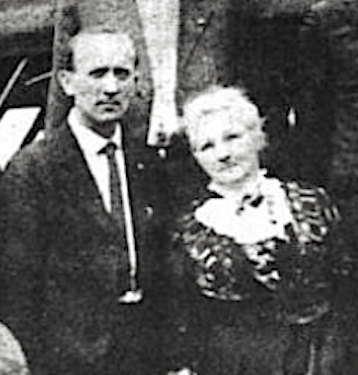
 ———-
———-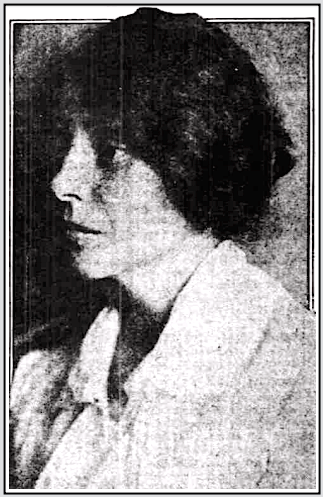 It was seven o’clock. The morning vigil was over; the strike was unbroken. The deluge had not occurred. The men, weary with watching, broken with inaction and with suspense, drifted to their homes.
It was seven o’clock. The morning vigil was over; the strike was unbroken. The deluge had not occurred. The men, weary with watching, broken with inaction and with suspense, drifted to their homes. ———-
———- ———-
———-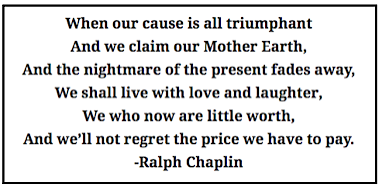 ———-
———-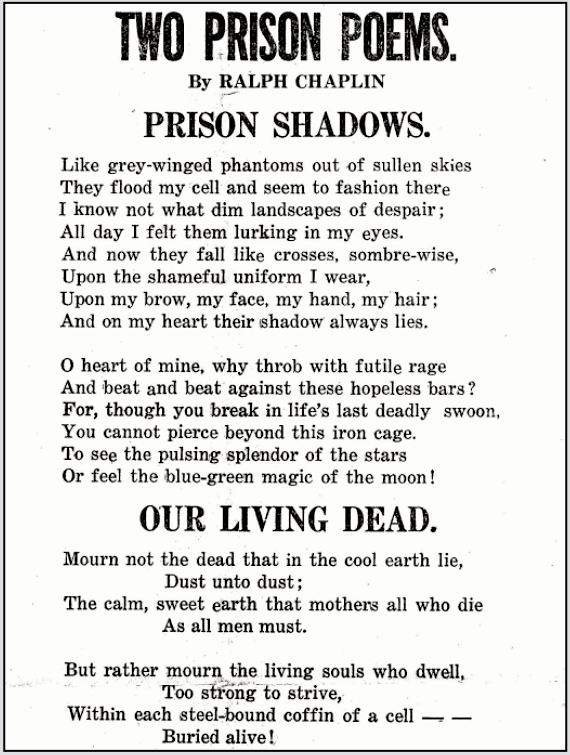
 ———-
———-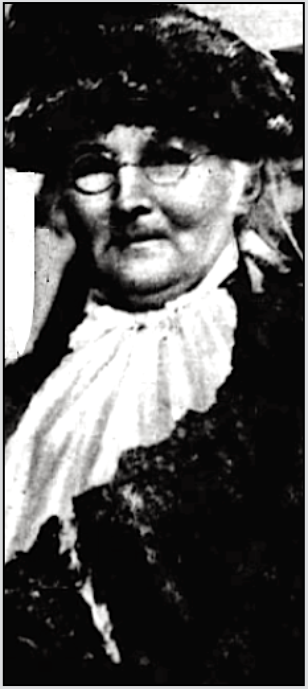
 ———-
———-
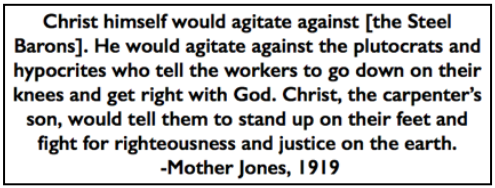 ———-
———-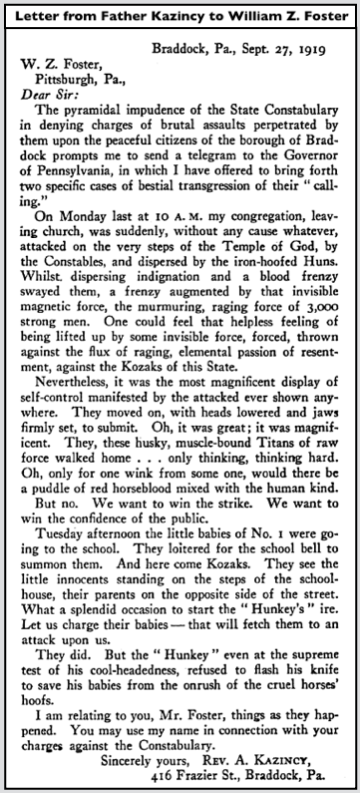
 ———-
———-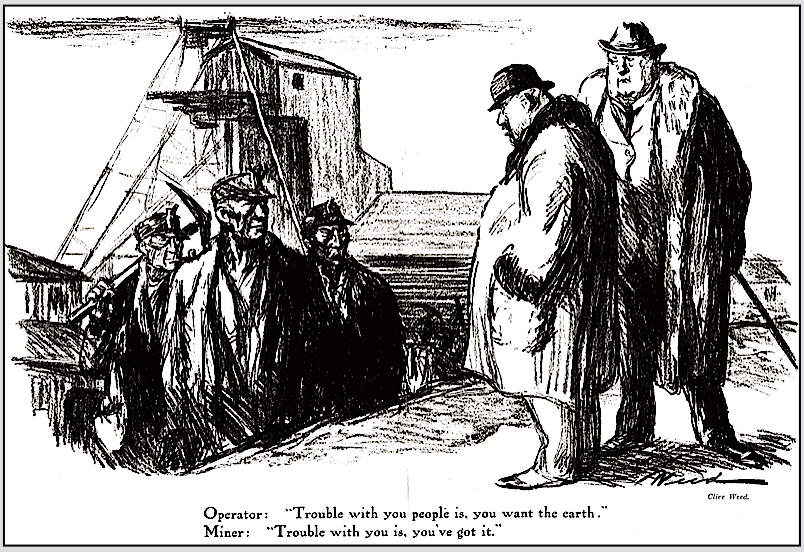 —–
—–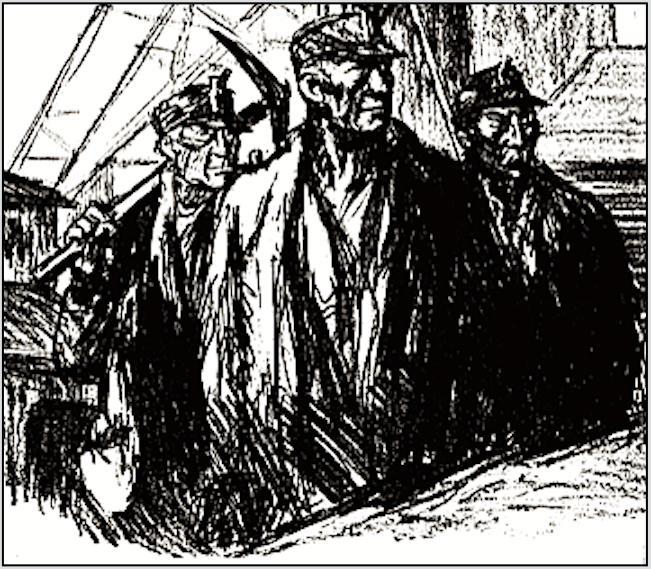 —–
—– —–
—–